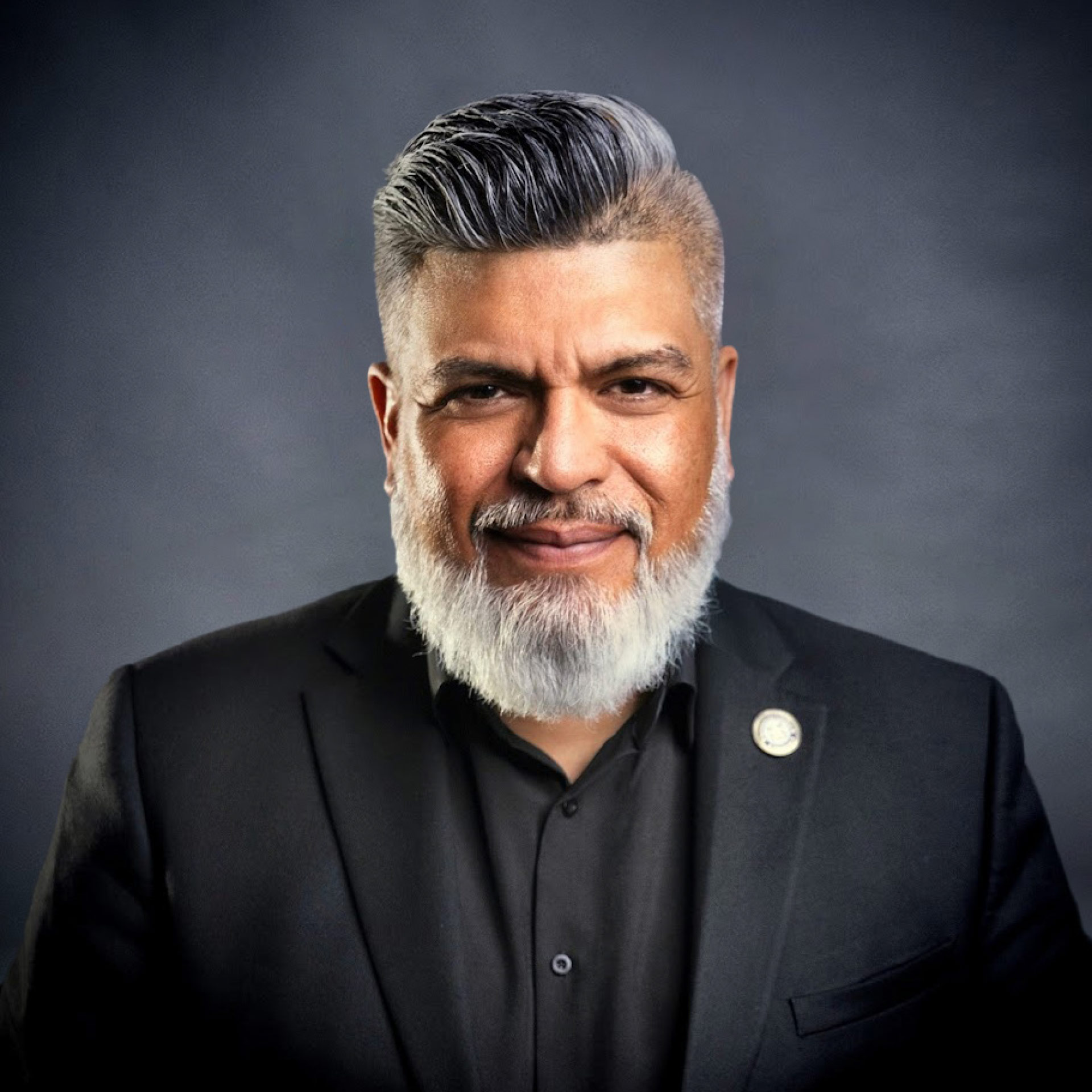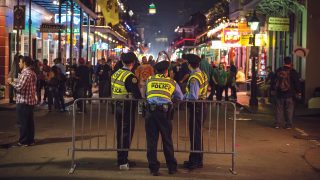
Law enforcement and corrections live in constant change. The job shifts every week. Training, on the other hand, looks like it has been frozen since the ’90s. Same tired lectures. Same bland slides. Same box-checking approach. What do we get? Fleeting training sessions that vanish before they ever matter.
The tools are not the problem. We have more resources than ever before. VR simulators. Gamified learning platforms. Cloud-based systems. The problem is trainers who do not use them with purpose. The missing ingredient is creativity.
And here is the part that stings. Most trainers have convinced themselves they are not creative. They have divorced themselves from that belief and settled into safe mediocrity. That is why training feels stale and students leave unchanged.
The problem is the training culture. For years, we have hammered compliance, memorization and coloring inside the lines.
The myth of “I’m not creative”
This phrase needs to die. “I’m just not creative” is the biggest cop-out trainers use to avoid growth. Creativity isn’t about painting a masterpiece or writing poetry. Creativity is problem-
solving with imagination. It is finding a better way when the old way is no longer cutting it.
The truth is, every cop and every correctional officer is already creative. No two calls are the same. No two inmates respond the same way. Every day, officers adjust tone, tactics and timing to fit unpredictable circumstances. That is pure creativity in motion.
The problem is the training culture. For years, we have hammered compliance, memorization and coloring inside the lines. Then, we act shocked when officers freeze in the field and cannot adapt. We suffocate creativity in the classroom, then demand it on the street. That is insanity.
Science backs this up. Research shows creativity is not some rare genetic gift. It is a skill tied to adaptability, resilience and problem-solving (Kaufman & Sternberg, 2019). It can be developed like any other muscle. The issue is not a lack of creativity. The issue is a lack of permission to use it. Trainers are not non-creative. They are reluctant creatives, stuck in neutral until someone shows them it is safe to shift gears.
The motivation triad in training
Every student sitting in a class-room is running on the motivation triad:
- Seeking pleasure
- Avoiding pain
- Conserving energy
Traditional death-by-PowerPoint training fails on all three big time. It is boring, so there is no pleasure. It feels like punishment when overly
crowded with text, so it is pain. It drains mental energy instead of conserving it. No wonder students disengage and forget everything by the parking lot.
Creative training flips the script. Storytelling creates pleasure by hooking the imagination. Scenarios replace pain with meaningful challenge. Clean and immersive visuals conserve energy by making content easier to process. When training is designed with the motivation triad in mind, students don’t just listen. They lean in. And they remember.
Breaking the mold: My own lesson
When I wrote The Ultimate Police Trainer’s Playbook, I was not out to reinvent the wheel. I asked a different question. What if the wheel turned smoother? What if it could even go off-road? That mindset was my way of breaking the mold trainers had been trapped in for decades.
Too many classes started with no spark and ended with no punch. Trainers read slides like a bedtime story no one wanted to hear. Students left the same as when they walked in. Fleeting experiences. And fleeting training is worthless.
Training should never be about dumping information and checking rosters. It should be about creating impact that lingers. The goal is not just to inform. The goal is to transform. We want our influence to resonate long after class ends, shaping behavior under stress and building habits that make officers safer and sharper.
That is the mark of a trainer who breaks the mold. You don’t just deliver content. You create lasting experiences that hardwire new habits and improve outcomes on the street or inside the facility. That is the difference between fleeting instruction and training that saves lives.
From reluctant creatives to relentless innovators
Uniformity belongs in uniforms, not classrooms. If you cannot model adaptability in training, do not expect it to show up in the field.
That is why I built the N.U.D.G.E. Framework. It is a practical push to help people unlock the creativity they already have.
- Notice what sparks engagement
- Unfreeze rigid thinking
- Demystify the creative process
- Guide learners with simple steps
- Encourage every attempt, even the rough ones
The framework turns reluctant creatives into relentless innovators. It strips away excuses and proves creativity is not optional. It is survival.
The science of creativity and retention
Retention is the hill training lives or dies on. If it doesn’t stick, it is useless. Attendance rosters and sign-in sheets don’t prove a thing. The only proof is whether people can recall and apply training when it matters most.
Here is what neuroscience shows. Learning that taps into multiple senses and emotions is remembered longer and recalled faster (Immordino-Yang & Damasio, 2007). Emotional engagement sparks chemical responses in the brain that strengthen memory pathways. Visuals are processed faster than text, reducing mental strain. Physical practice wires muscle memory that holds under stress.
That is why storytelling works. It connects knowledge to emotion. That is why immersive visuals work. They save brain energy while deepening recall. That is why hands-on practice works. It conditions responses that survive adrenaline dumps.
Compare that to the old model: a monotone lecture paired with slides full of text. One builds durable memory. The other evaporates before the ink is dry on the certificate.
For police and corrections, this isn’t academic fluff. This is survival training. If it doesn’t stick, it doesn’t matter. And fleeting training will fail when chaos hits.
The call to action
Creativity fuels innovation. Innovation fuels progress. This profession cannot afford stale training anymore. Trainers need to stop hiding behind the excuse of not being creative. They need to nudge themselves forward and unlock the creativity they
already have.
Training is not about filling chairs or meeting quotas. It is about changing lives and changing behaviors. That takes creativity.
Einstein nailed it when he said, “Creativity is intelligence having fun.” That is your green light. Go have fun. Spark it up. Stop delivering fleeting training and start creating unforgettable experiences that shape the future of policing and corrections.
As seen in the October 2025 issue of American Police Beat magazine.
Don’t miss out on another issue today! Click below:






